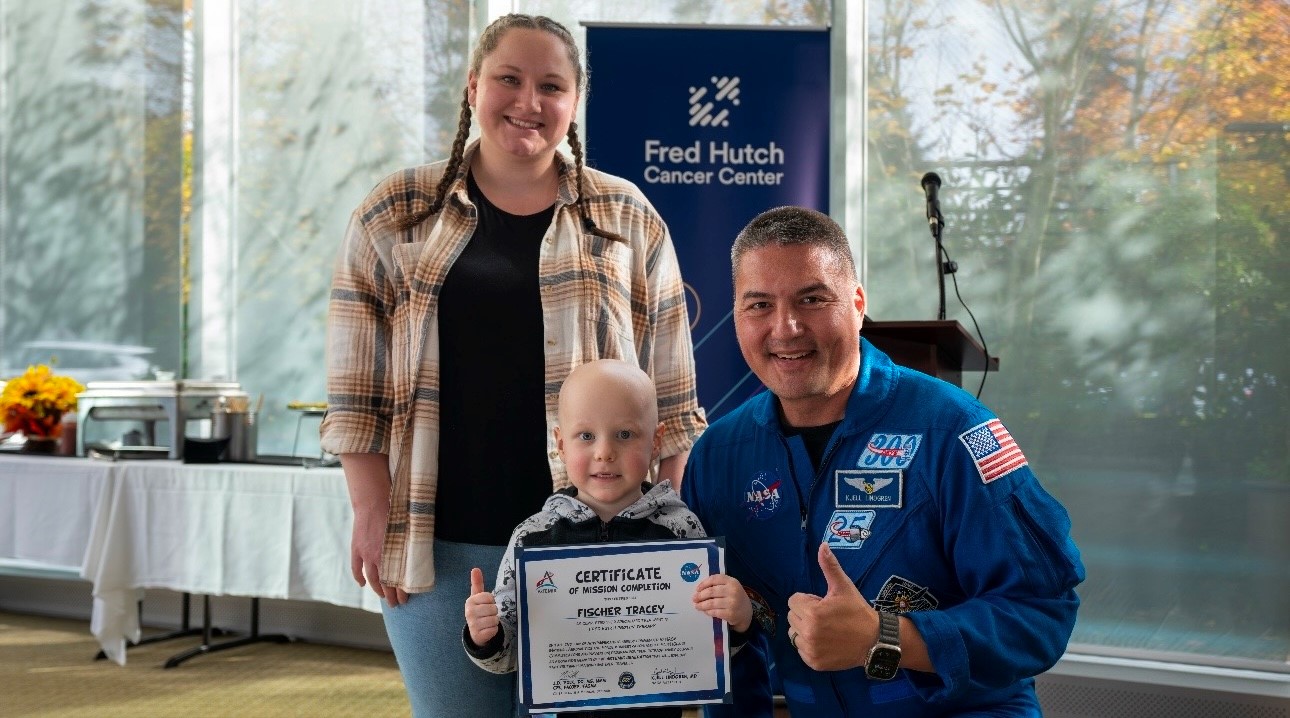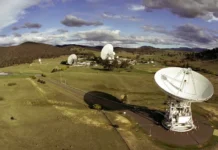NASA Launches "MISSION: All Systems GO!" to Support Pediatric Cancer Patients
NASA, renowned for its pioneering space exploration and technological advancements, has taken a significant step towards supporting pediatric cancer patients across the United States. The agency has introduced an innovative video series titled "MISSION: All Systems GO!" aimed at reducing anxiety and stress among young patients undergoing medical treatments.
Bridging the Gap Between Space Travel and Cancer Treatment
The "MISSION: All Systems GO!" initiative draws a fascinating parallel between the experiences of astronauts and the challenges faced by pediatric patients during treatment. Hosted by NASA astronaut Kjell Lindgren, the project was developed in collaboration with the Fred Hutchinson Cancer Research Center and the National Association of Proton Therapy. This project is part of NASA’s ongoing effort to contribute to societal well-being, in line with President Biden and First Lady Jill Biden’s Cancer Moonshot Initiative.
The suite of products created for this initiative seeks to familiarize young patients with the environment they will encounter during treatment. Similarities are drawn between the confined spaces of medical machines and spacecraft, the strange sounds and smells, and the feeling of being away from loved ones. These aspects are thoughtfully incorporated to provide a sense of comfort and understanding to the patients.
A Collaborative Effort Towards a Greater Cause
NASA Administrator Bill Nelson emphasized the agency’s commitment to improving the experiences of cancer patients and their families. He stated, "As part of the Biden Cancer Moonshot Initiative, NASA is committed to improving the experience of cancer patients and their families while we work to end cancer as we know it." This statement highlights the alignment of "MISSION: All Systems GO!" with the broader goal of transforming cancer treatment experiences.
The idea for this unique initiative was sparked by the perceptions of patients who compared their medical treatment environments to the look and feel of NASA spacecraft. This perception has been harnessed positively to transform an intimidating experience into an engaging and relatable one.
Engaging and Informative Video Series
The video series consists of three parts, each designed to guide young patients through their treatment journey:
- Mission Briefing: In the first video, astronaut Kjell Lindgren, who is also a medical doctor, provides a step-by-step briefing to patients. He walks them through the requirements of their "mission," instilling confidence and reassurance.
- Mission De-brief: After the treatment, patients receive a mission de-brief from Lindgren. This segment offers reminders on follow-up treatment and heartfelt congratulations on completing their "mission." Additionally, patients are awarded a custom certificate of mission completion, signed by Lindgren and Dr. James D. Polk, NASA’s chief health and medical officer.
- Q-and-A Session: In the final video, Lindgren participates in a Q-and-A session where the patients’ family and friends can learn more about his role as an astronaut and how he managed challenges similar to those faced by the young patients.
Transforming Treatment Centers into Space-Inspired Environments
In addition to the video content, NASA provides medical centers access to NASA imagery to decorate treatment rooms, transforming them into NASA’s Mission Control Center look-alikes. This immersive experience is further enhanced with posters featuring human spaceflight and science missions facilitated by NASA’s Space Communication and Navigation (SCaN) program.
Supporting the Cancer Moonshot Initiative
"MISSION: All Systems GO!" is a testament to NASA’s commitment to the Cancer Moonshot Initiative. The agency is collaborating with the U.S. Department of Health and Human Services and researchers across the federal government to achieve a significant reduction in the nation’s cancer death rate by at least 50% over the next 25 years.
Mark Weyland, director of health operations and oversight for the Office of Chief Health and Medical Officer, expressed optimism about the initiative’s impact. "We believe the ‘MISSION: All Systems GO!’ initiative will have a positive impact on so many patients and caregivers. Partnering with SCaN and the Cancer Moonshot Program furthers NASA’s desire to continue to provide for the health and wellness of humanity and the discovery of new medical innovations," he stated.
Accessing "MISSION: All Systems GO!" Resources
Medical treatment centers across the United States can access the "MISSION: All Systems GO!" products. To do so, centers need to complete an electronic form, accept NASA’s Terms of Use, and download the products from a dedicated webpage provided by NASA’s Office of Chief Health and Medical Officer.
For more information and to access the resources, visit the NASA OCHMO MISSION: All Systems GO! webpage.
Conclusion
NASA’s introduction of "MISSION: All Systems GO!" marks a significant contribution to the field of pediatric cancer treatment. By drawing parallels between space exploration and cancer treatment, the initiative provides young patients with a sense of adventure and hope during a challenging period in their lives. This innovative approach not only eases anxiety but also aligns with broader efforts to revolutionize cancer treatment and offer support to patients and their families. Through continued collaboration and dedication, NASA aims to pave the way for more such initiatives that benefit humanity and foster medical advancements.
For more Information, Refer to this article.


































